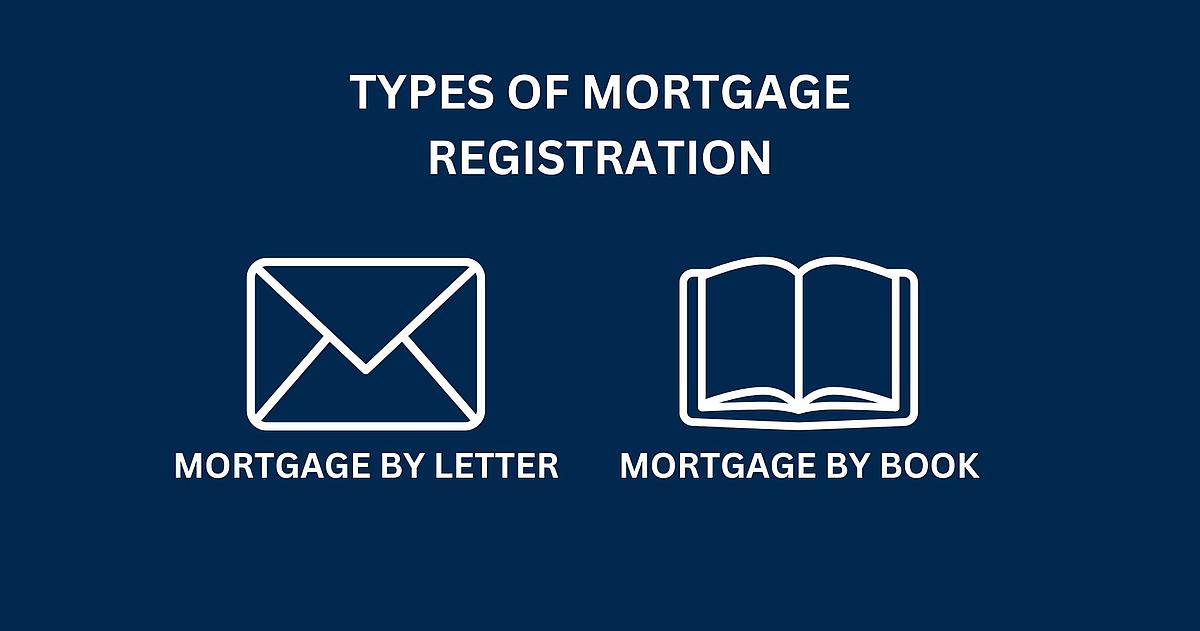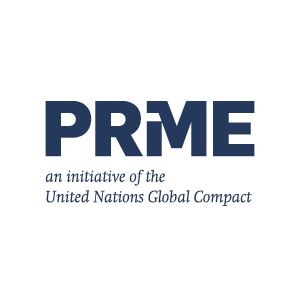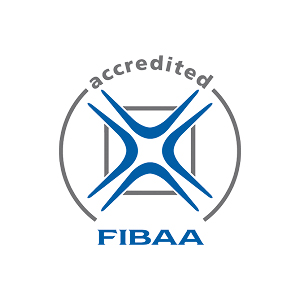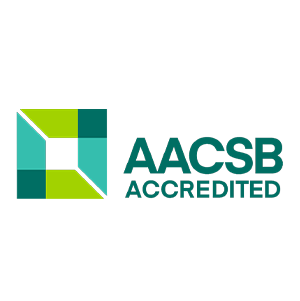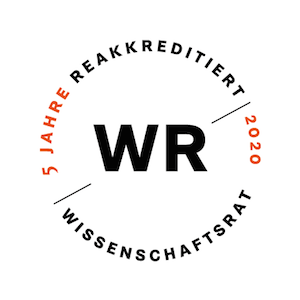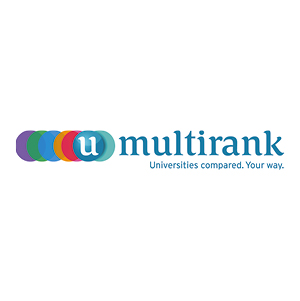Real estate financing: The mortgage is a key component in the financing of real estate. It enables individuals and companies to acquire ownership of real estate by taking out loans from lenders and using the property as collateral.
Corporate finance: Companies often use mortgages to acquire or develop business properties such as offices, warehouses or retail space. These mortgages are used to finance long-term investments in business growth.
Reverse mortgages: In the area of personal financing, reverse mortgages are popular with older individuals who have accumulated a large amount of equity in their homes. Reverse mortgages allow these individuals to borrow against the value of their property without making monthly payments.
Government bonds: In some countries, governments can use mortgages as collateral for government bonds. These are then often referred to as mortgage bonds and are used to finance government spending.
What costs are associated with a Mortgage?
To obtain a mortgage, you should generally follow these steps:
- Financial preparation: It starts with checking your financial situation, including your credit score, income and available equity. It is important to ensure that you have sufficient income and a good credit rating to qualify for a mortgage.
- Mortgage comparison: The next step is to compare offers from different lenders to find the best terms for your needs. You should consider interest rates, fees, repayment options and other conditions.
- Mortgage application: Next comes applying for a mortgage with your chosen lender. You will need to fill out a mortgage application and provide various documents, including proof of income, bank statements, property information, etc.
- Mortgage check: The lender will check your financial situation and carry out an assessment of the property to determine whether you are eligible for the mortgage. This may include a credit check, income verification and property valuation.
- Mortgage approval: If the lender approves the application, you will receive a mortgage approval. This states that the lender is willing to grant the loan subject to certain conditions.
- Closing: After receiving the mortgage approval, the final contract documents are drawn up and signed. The mortgage is then officially registered, and you receive the loan
It is important to plan the mortgage procurement process carefully and to obtain comprehensive information about the requirements and conditions. If necessary, you should seek advice from a financial advisor or real estate expert.


